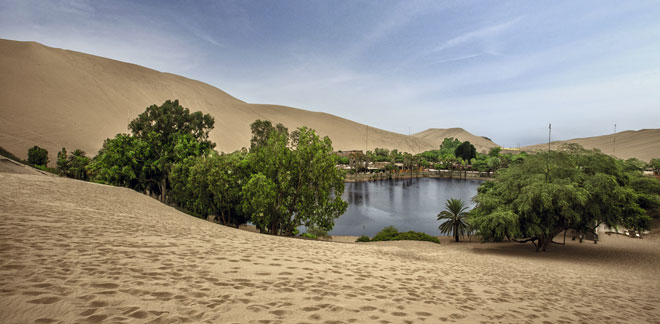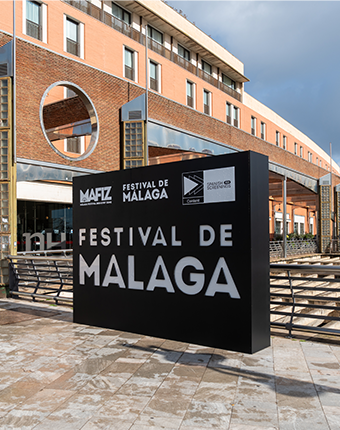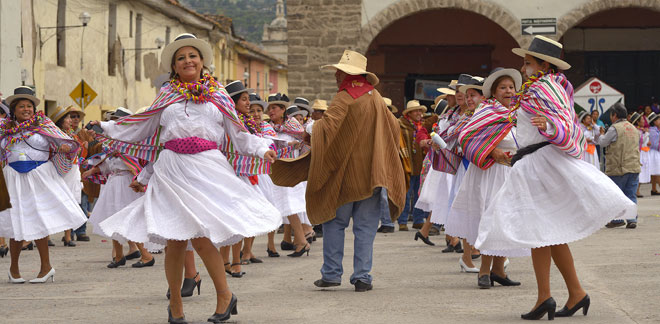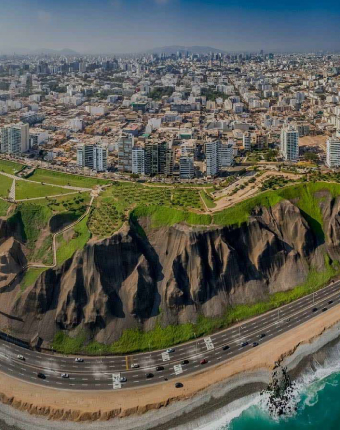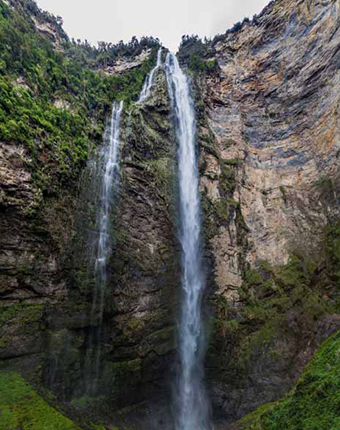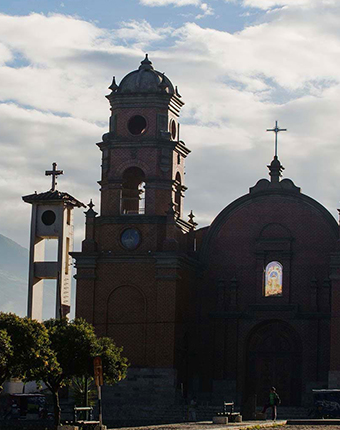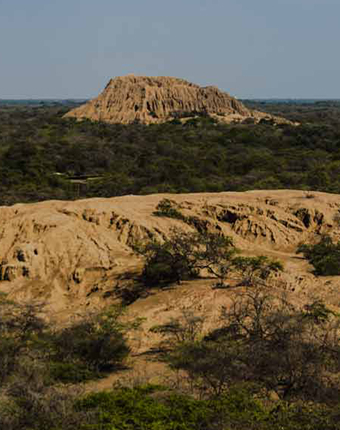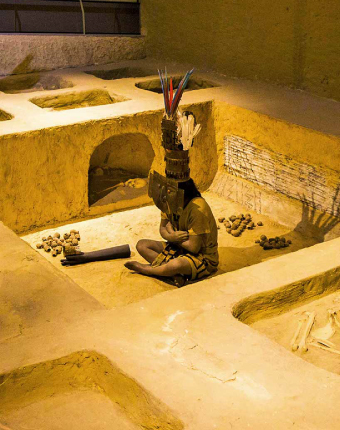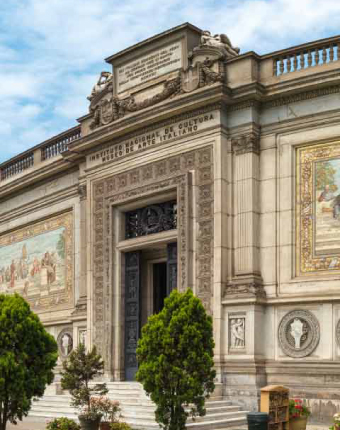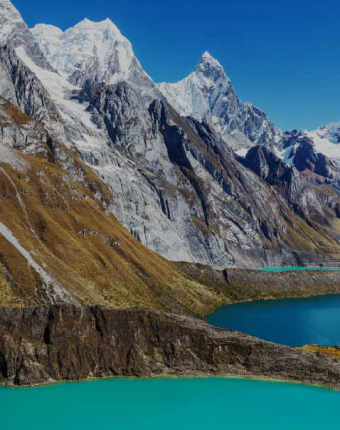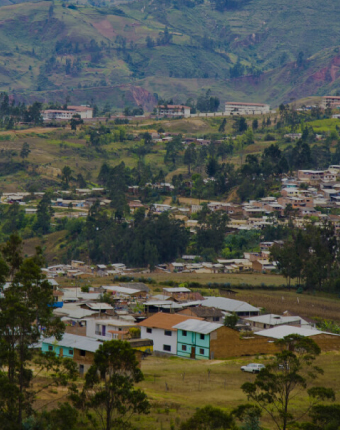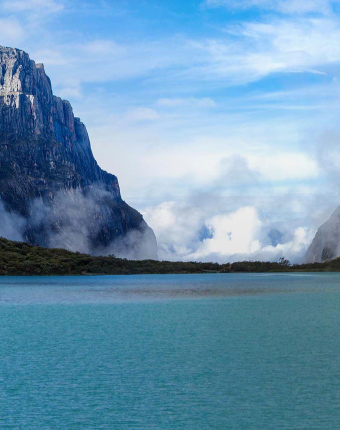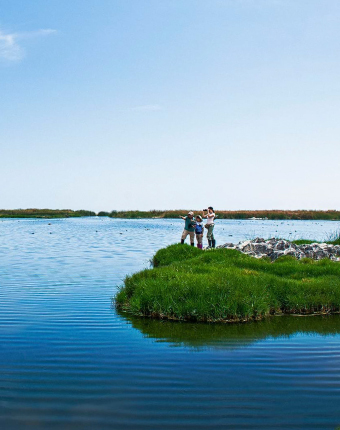
News
The Most Feared Skin scores big wins in Italy, Germany, and Finland
Photography: Difusión
The national feature film continues to rack up achievements, gaining recognition on the international stage. Cusco serves as a backdrop, playing a vital role in the film's narrative.
The Most Feared Skin (La Piel Más Temida), directed by Joel Calero, won the Special Jury Prize at the 39th Trieste Ibero-Latin American Film Festival in Italy on October 20. As the second-oldest European festival dedicated to Spanish-language cinema, this achievement adds to the growing list of successes by the Huancayo-born director.
As part of this journey of great achievements, the feature film premiered on October 18 at the renowned Latin American and Caribbean film festival, Cinemaissí, in Helsinki, Finland. The journey of The Most Feared Skin will continue on November 8, when it will be screened at the Latin American Film Days festival in Frankfurt, Germany.
The film will be available again on November 21 and 28 as part of the European Film Festival at the Centro Cultural PUCP in San Isidro.
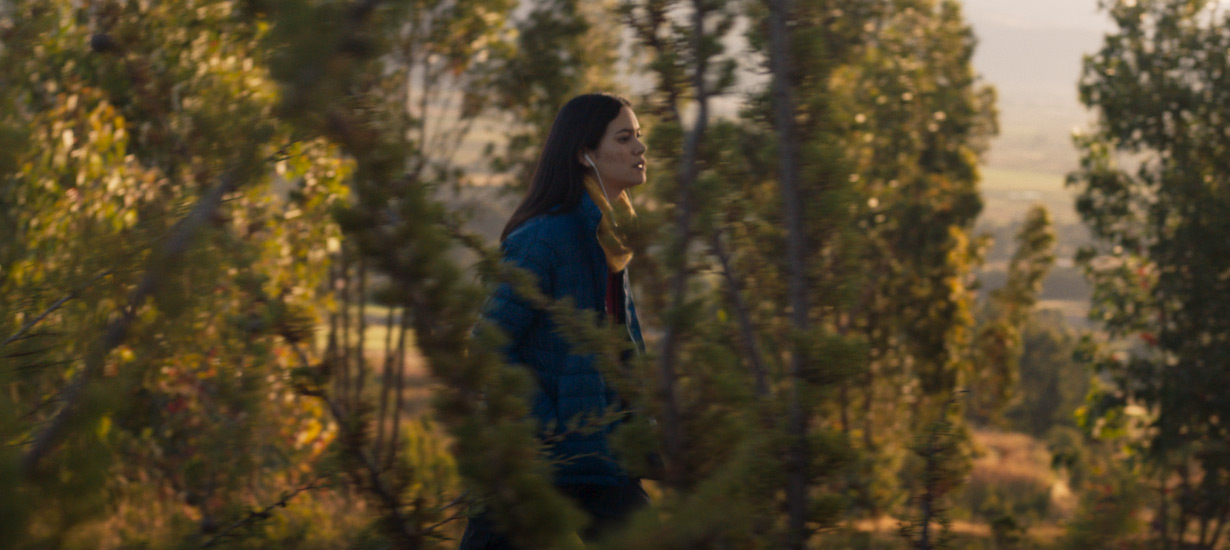 Source: Film still
Source: Film still
A film where Cusco itself becomes a magical character?
Indeed, that is exactly what happens in this Peruvian feature film. The filmmaker chose the imperial city as the main setting, where the narrative is enhanced by its breathtaking scenery, offering audiences a truly unique audiovisual experience.
From the very beginning, details like the reflections of Cusco’s stone streets in a car window captivate the audience, highlighting the city’s universal charm and distinctive elements.
These very qualities inspired Joel Calero to film in this Peruvian region. Cusco’s iconic presence, combined with its worldwide visual factors, aligns perfectly to spark genuine interest in viewers.
Additionally, the Andean region presents a unique dichotomy. For the script of The Most Feared Skin, filming took place in both majestic colonial houses and humble dwellings. This visual diversity in Cusco significantly enriched the narrative and overall production of the feature film.
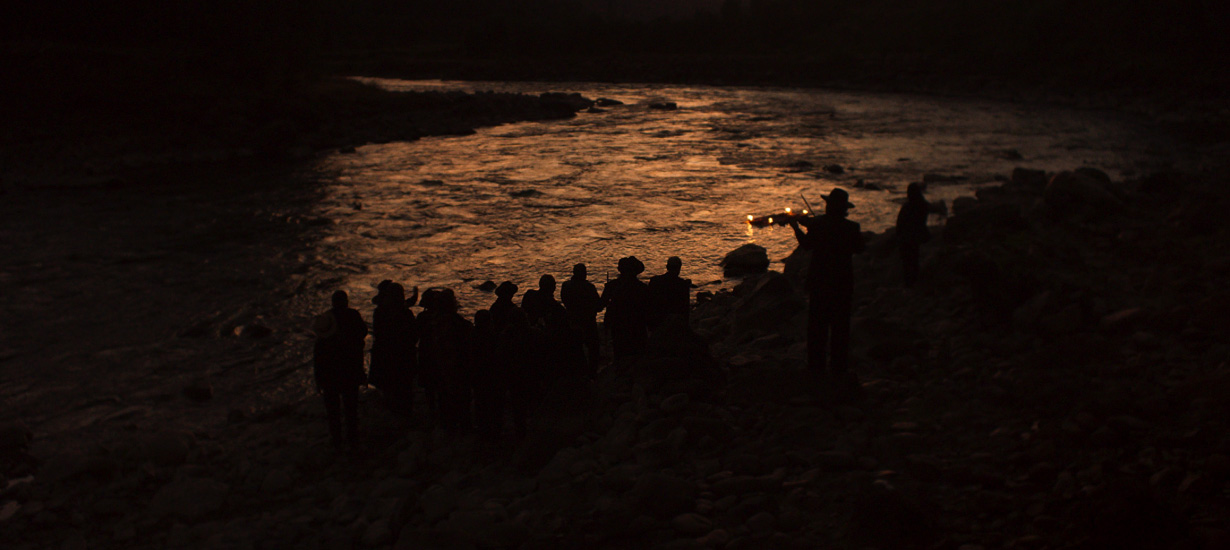 Source: Film still
Source: Film still
Cusco's dimensión
For the national filmmaker, Cusco offers visually stunning scenery and plays a crucial role in the narratives being told. Films like The Most Feared Skin can create connections for producers seeking locations that inspire emotional stories that transcend mere visuals.
It is also worth noting that Cusco is easily accessible from various cities in Peru and worldwide, thanks to its Alejandro Velasco Astete International Airport, which serves as the main gateway. From the airport, travelers can easily use taxis or private transportation services to reach the city center.
Additionally, Cusco boasts an excellent public transportation system, including buses and taxis, making navigating the city and its surrounding areas easy.
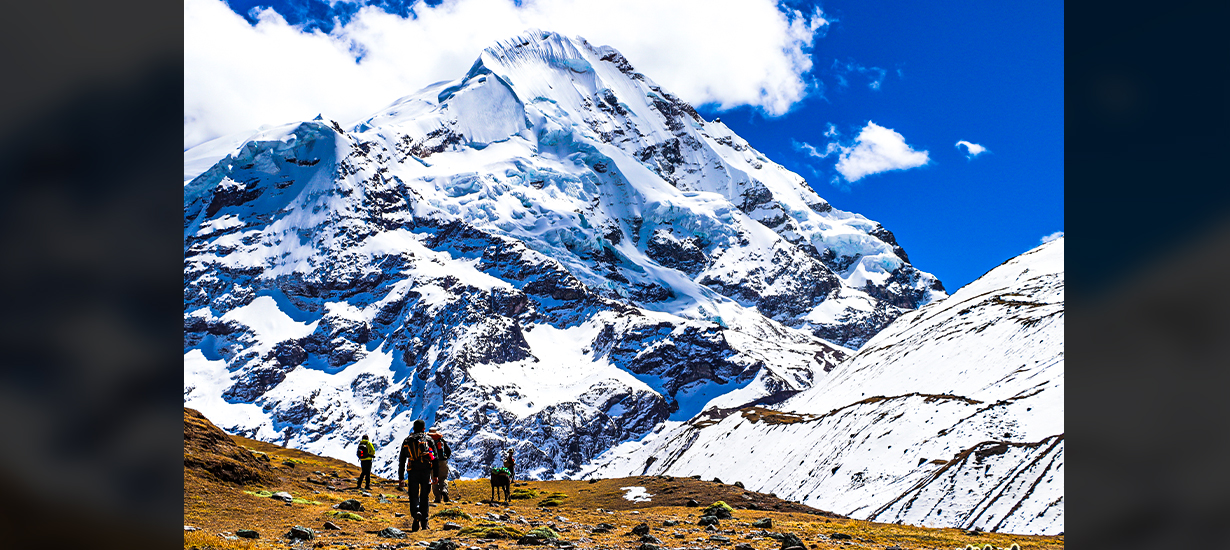 Trekking Ausangate, Cusco. | Source: Christian Jara / PROMPERÚ
Trekking Ausangate, Cusco. | Source: Christian Jara / PROMPERÚ
What else does Cusco offer to audiovisual productions?
We must also highlight the breathtaking attractions that Cusco has to offer. Majestic archaeological sites like Saqsaywaman and Ollantaytambo provide an ideal backdrop for any filming project that seeks to capture an atmosphere of natural beauty and historical grandeur.
The colonial architecture in Cusco is also remarkable, with the Qoricancha standing out as its most significant example. The orientation of the temple and its open yards allow natural light to stream in beautifully, creating striking contrasts between the shadows of the Inka walls and the surrounding structures. This site, rich in symbolism, is perfect for productions that aim to convey a sense of history and mysticism.
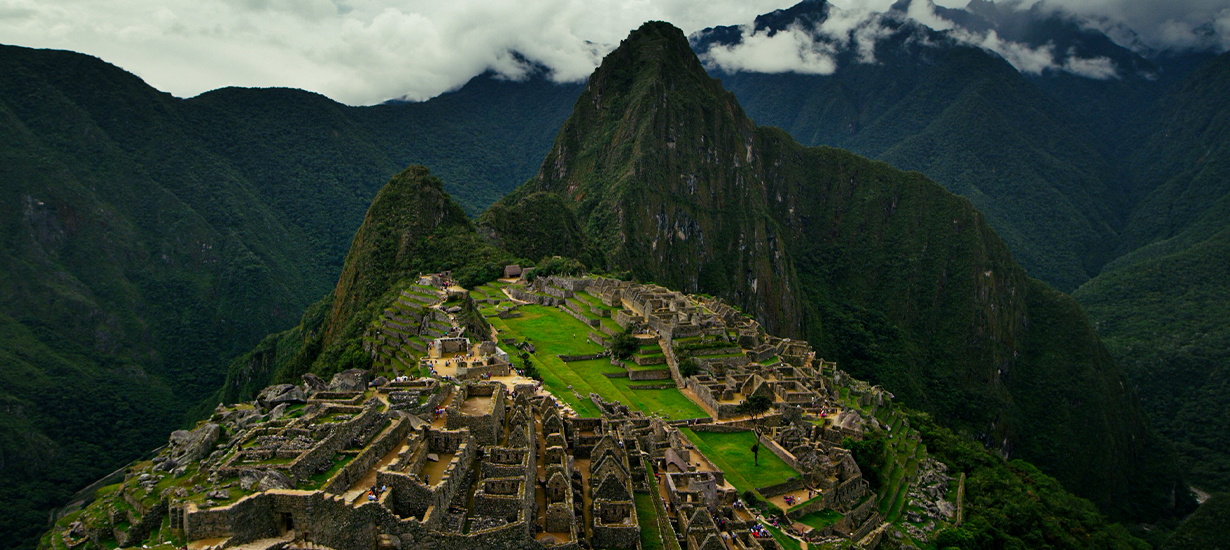 Machupicchu, Cusco. | Source: Trailer Films
Machupicchu, Cusco. | Source: Trailer Films
Regarding the climate, it varies with the seasons: from April to October, expect sunny days and cool nights, while from November to March, rainy days are more common, which can limit outdoor activities. The average temperature in Cusco ranges from 8.9 °C to 12.6 °C throughout the year, with nights generally cooler than days.
There is no doubt that these locations are remarkable not only for their beauty, but also for the deep cultural and historical connections they provide. This allows for the telling of visually striking and meaningful stories set against the backdrop of an ancestral yet contemporary Peru.
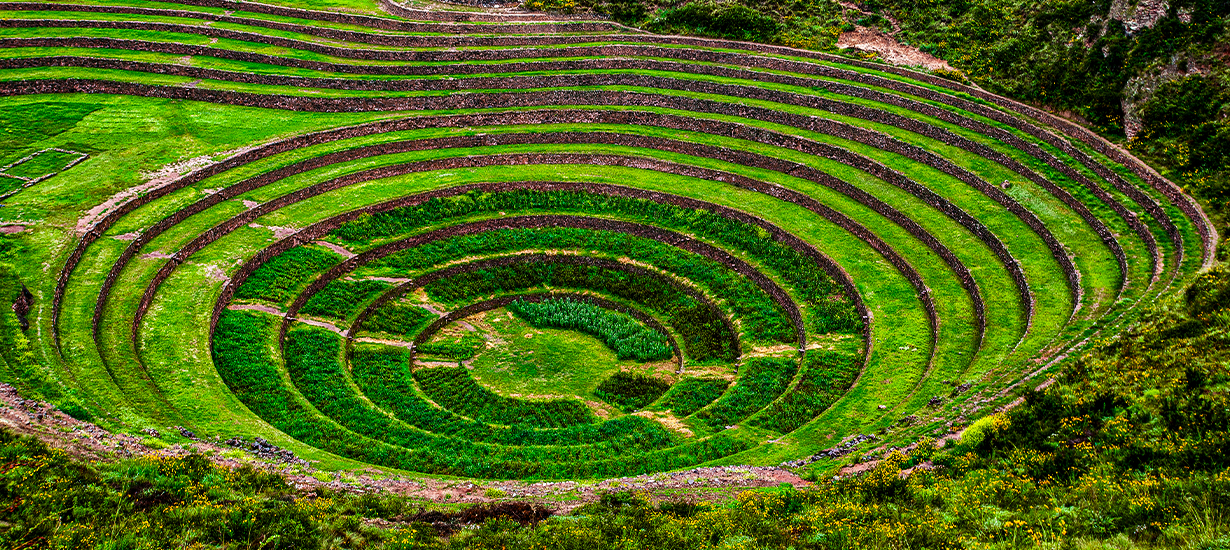 Andeneria in the Archaeological Ensemble of Moray, Cusco. | Source: Alex Bryce / PROMPERÚ
Andeneria in the Archaeological Ensemble of Moray, Cusco. | Source: Alex Bryce / PROMPERÚ
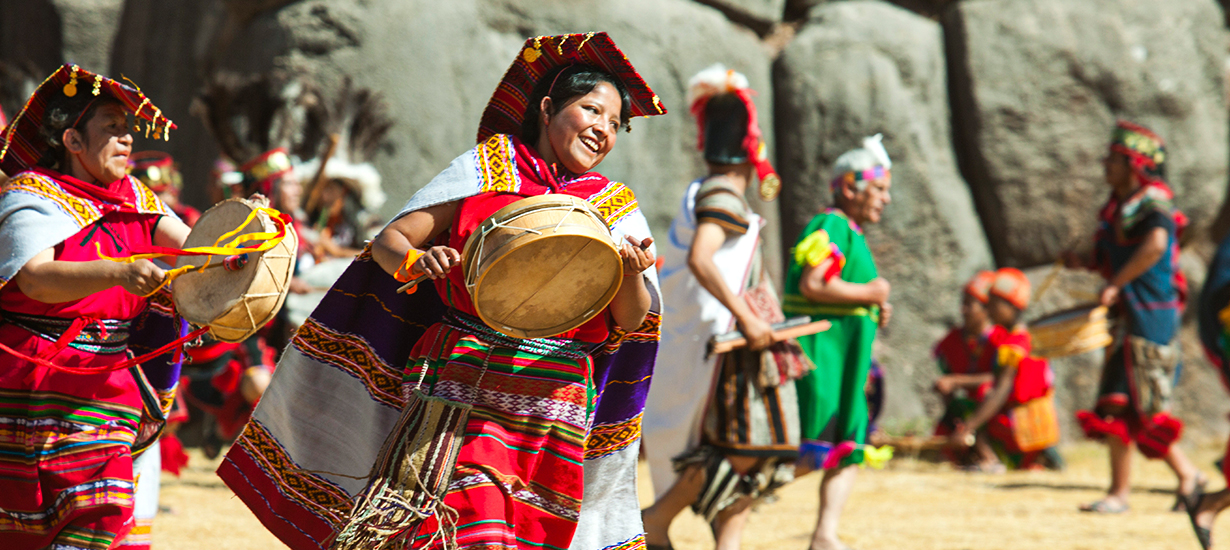 Inti Raymi Festival at Saqsaywaman fortress | Source: Gohan Tubbeh / PROMPERÚ
Inti Raymi Festival at Saqsaywaman fortress | Source: Gohan Tubbeh / PROMPERÚ
